Species Photo Gallery for Anoscopus serratulae No Common Name |
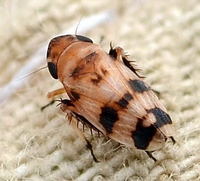 | Photo by: Paul Scharf
Warren Co.
Comment: Caught while sweeping |  | Photo by: Paul Scharf
Warren Co.
Comment: Caught while sweeping |
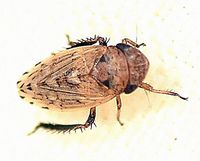 | Photo by: Paul Scharf, B Bockhahn
Yancey Co.
Comment: Female, attracted to Light | 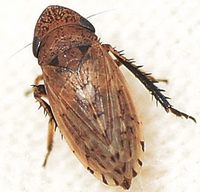 | Photo by: Paul Scharf, B Bockhahn
Yancey Co.
Comment: Female, attracted to Light |
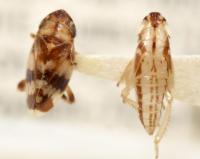 | Photo by: Kyle Kittelberger
Out Of State Co.
Comment: male; NCSU specimen |  | Photo by: Kyle Kittelberger
Out Of State Co.
Comment: nymph; NCSU specimen |
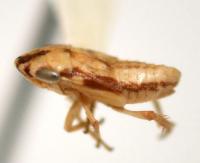 | Photo by: Kyle Kittelberger
Out Of State Co.
Comment: nymph; NCSU specimen |  | Photo by: J. B. Sullivan
Yancey Co.
Comment: female |
 | Photo by: Ted Wilcox
Watauga Co.
Comment: unid_leafhopper | 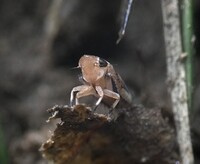 | Photo by: Ted Wilcox
Watauga Co.
Comment: unid_leafhopper |
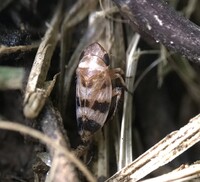 | Photo by: Ted Wilcox
Watauga Co.
Comment: unid_leafhopper | 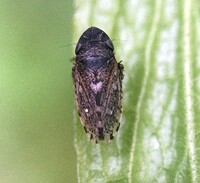 | Photo by: Ted Wilcox
Watauga Co.
Comment: unid_leafhopper |
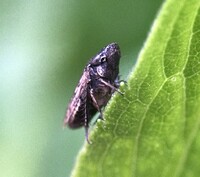 | Photo by: Ted Wilcox
Watauga Co.
Comment: unid_leafhopper |  | Photo by: Ted Wilcox
Watauga Co.
Comment: unid_leafhopper |
 | Photo by: Ted Wilcox
Watauga Co.
Comment: unid_leafhopper | 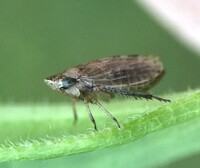 | Photo by: Ted Wilcox
Watauga Co.
Comment: unid_leafhopper |
 | Photo by: Ted Wilcox
Watauga Co.
Comment: unid_leafhopper | 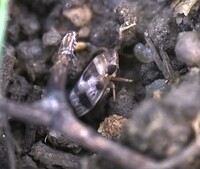 | Photo by: Ted Wilcox
Watauga Co.
Comment: unid_leafhopper |
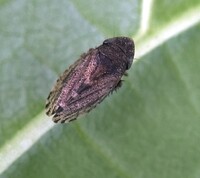 | Photo by: Ted Wilcox
Watauga Co.
Comment: Rather small - unid_leafhopper | 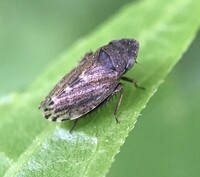 | Photo by: Ted Wilcox
Watauga Co.
Comment: Rather small - unid_leafhopper |
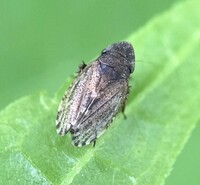 | Photo by: Ted Wilcox
Watauga Co.
Comment: Rather small - unid_leafhopper | 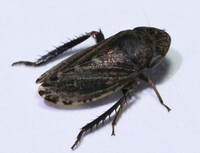 | Photo by: Rob Van Epps
Ashe Co.
Comment: Caught sweeping in weedy, grassy field. |
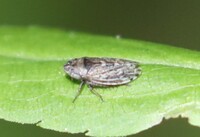 | Photo by: Rob Van Epps
Ashe Co.
Comment: |

 »
»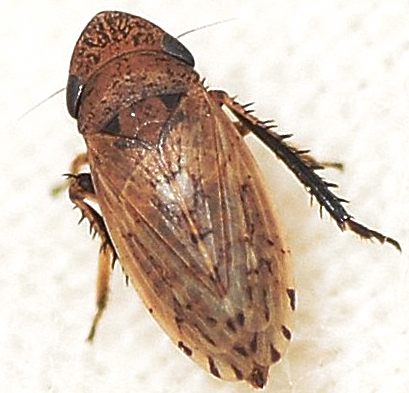


 »
»
